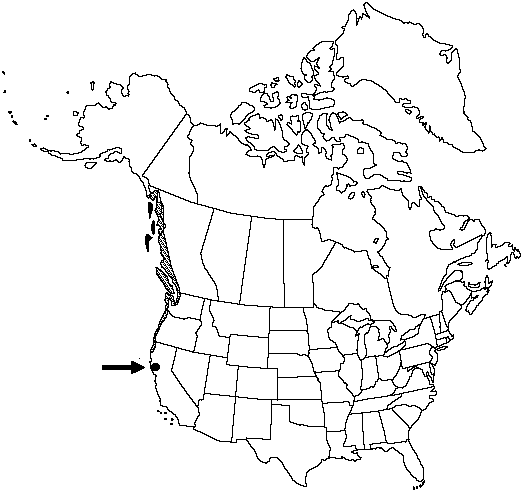Difference between revisions of "Pinus contorta var. contorta"
FNA>Volume Importer |
FNA>Volume Importer |
||
| Line 53: | Line 53: | ||
|publication year= | |publication year= | ||
|special status= | |special status= | ||
| − | |source xml=https://jpend@bitbucket.org/aafc-mbb/fna-data-curation.git/src/ | + | |source xml=https://jpend@bitbucket.org/aafc-mbb/fna-data-curation.git/src/f50eec43f223ca0e34566be0b046453a0960e173/coarse_grained_fna_xml/V2/V2_698.xml |
|genus=Pinus | |genus=Pinus | ||
|species=Pinus contorta | |species=Pinus contorta | ||
Revision as of 20:52, 16 December 2019
Trees to 10m; trunk to 0.5m diam., straight, leaning landward in protected stands, or contorted and bent when not, or reduced to shrub form by wind shear and salt spray; mature crown irregularly rounded or flat. Bark evidently and irregularly furrowed, cross-checked into small, square or rectangular, orange-brown to purple-brown scaly plates. Branches spreading, often contorted. Leaves 2–7cm × 0.7–0.9(–1.1)mm, dark green, apex acute to broadly acute or blunt. Seed cones maturing and shedding seeds in 2 years, persistent or variously serotinous, strongly asymmetric, strongly recurved, often in whorls, proximal outer apophyses strongly domed.
Habitat: Maritime fog forests, bogs, and dry foothills
Elevation: 0–600m
Distribution

B.C., Alaska, Calif., Oreg., Wash.
Discussion
Pinus contorta var. contorta is fire successional. It is mostly a low-quality tree for timber use.
Selected References
None.